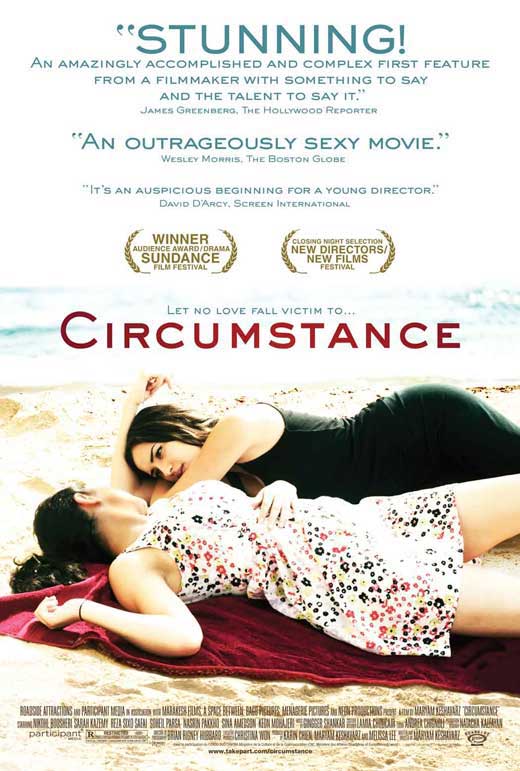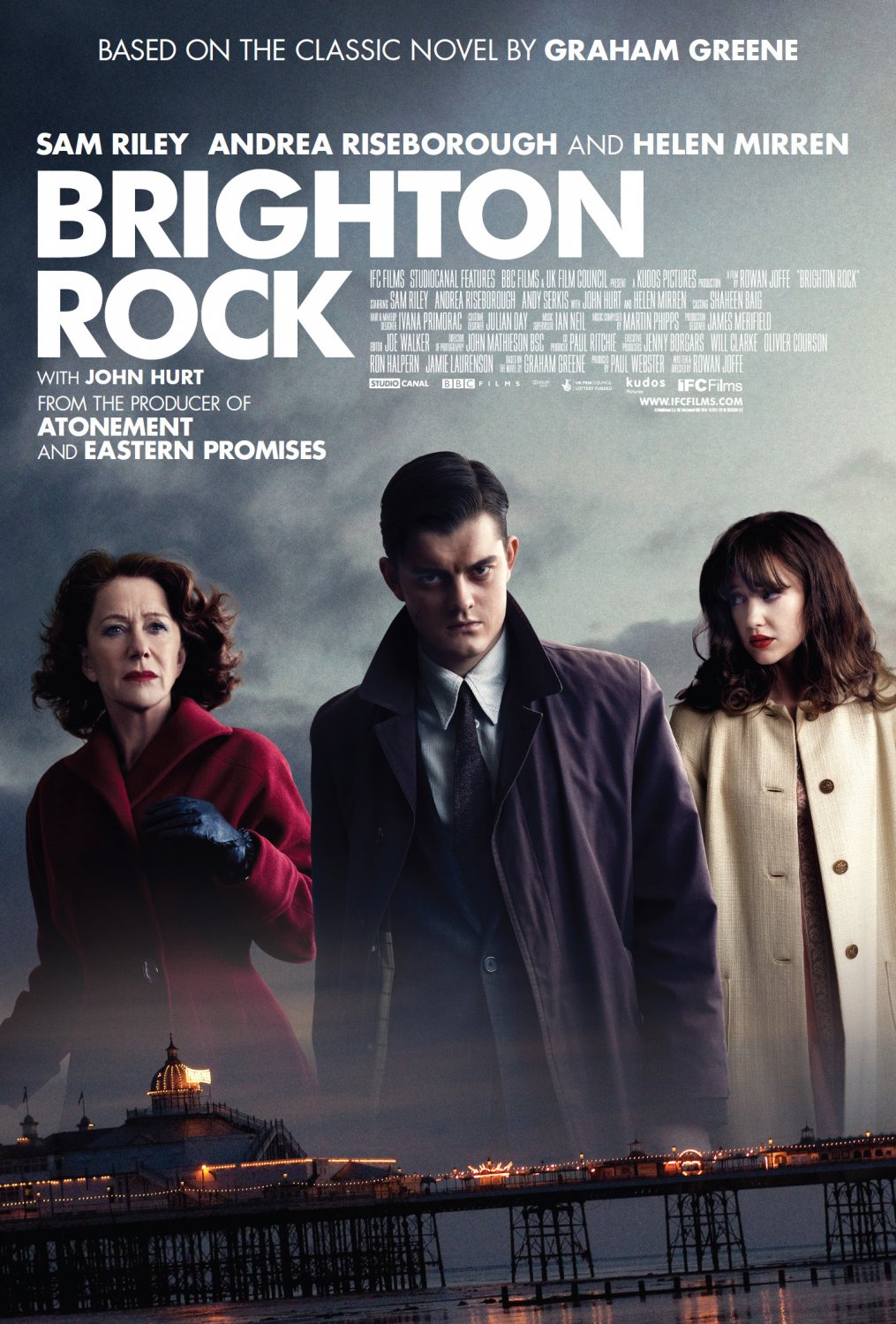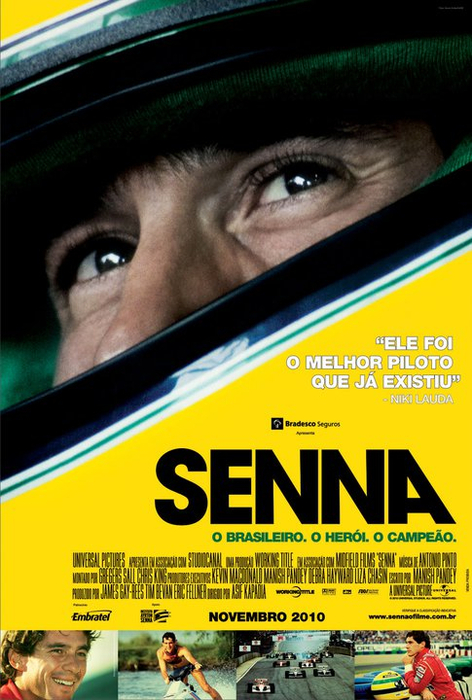
3/10
Annabel (Mia
Wasikowska) has cancer, but don’t worry, it’s just movie cancer. She has a brain tumor which has a precise
ticking clock on how long it will allow her to live, but she can still run
around, dance, skip, and eat cheeseburgers and milkshakes. As opposed to what real cancer looks like,
you have probably seen movie cancer before in the likes of Love Story and The Bucket
List.
Enoch (Henry Hopper)
has bad timing. He meets Annabel right
around the time she learns of her depressing fate and discovers they share a
particularly odd outlook towards the rest of the world. He spends his weekends gate crashing the
funerals of strangers because he has an unhealthy preoccupation with
death. Annabel finds this peculiarity
attractive and they start building a relationship from there. Annabel does not lie to Enoch though, he is
well aware from the beginning there can only be one result of spending time
with her.
Enoch is not alone though.
He enjoys the company of a ghost, specifically a Japanese kamikaze pilot
named Hiroshi (Ryo Kase) who remains
forever in the flight suit he was wearing when he fulfilled his destiny. Hiroshi encourages Enoch to talk to and spend
time with Annabel and he is also much more active than your average ghost, but
certainly not to a Patrick Swayze level.
Hiroshi enjoys nightly games of Battleship with Enoch and even gets
visibly upset when the word Nagasaki is mentioned.
On paper, these are three intriguing main characters that
should have produced a wonderful, quirky film, especially since Restless is directed by Gus Van Sant. Unfortunately, Restless comes nowhere near to
fulfilling its promise which is mainly a result of a poorly written script and
shoddy acting. The screenwriter is first
timer Jason Lew who adapted it from
a play he wrote at NYU. This story may
very well work much better as a play and observed with real time actors on a
stage. His friend at NYU, Bryce Dallas Howard, saw the play’s
promise and produced Restless along
with her father Ron Howard and his
production partner Brian Grazer.
Those are some very influential names. I am shocked to see that Brian Grazer and Ron
Howard would put their names and money behind Restless; we’re talking about the
guys behind A Beautiful Mind, American Gangster, and Arrested Development. Well, Brian Grazer was also behind Blue Crush and something called Curious George 2: Follow That Monkey!
Perhaps it is not that strange.
Restless also
appears to be one of those vehicles for the Hollywood kids. Henry Hopper is Dennis Hopper’s son and this
is his first lead role. Bryce Dallas
Howard is Ron Howard’s daughter and this is her first time producing. Annabel’s sister Elizabeth is played by Schuyler Fisk who is Sissy Spacek’s
daughter. Fisk was also in Orange County
which is another Hollywood kid’s film; remember the lead character there was
played by Colin Hanks, the prodigy
of a Mr. Tom Hanks.
I mentioned the acting was the second reason Restless does not work very well. Henry Hopper is unsure of himself in his
first lead role and any scene which requires him to be agitated, angry, or
upset turns out to be a disaster. Mia
Wasikowska is much better but comes nowhere close to her superior performances
from Alice in Wonderland and Jane Eyre. She has a horrible script to work with and is
unable to produce much good from it.
Restless was the
opening film from the 2011 Un Certain Regard section at the Cannes Film
Festival. These films are reserved for “original
and different” films which the festival organizers think deserve international
attention. I can see why they would put
a Gus Van Sant movie in this category because of his previous films such as Elephant and Gerry. Those two were
absolutely original and different.
However, just because his name is Gus Van Sant does not mean every movie
he makes will be original and different; Restless
is not. It is just plain vanilla and a
waste of some major talent.













